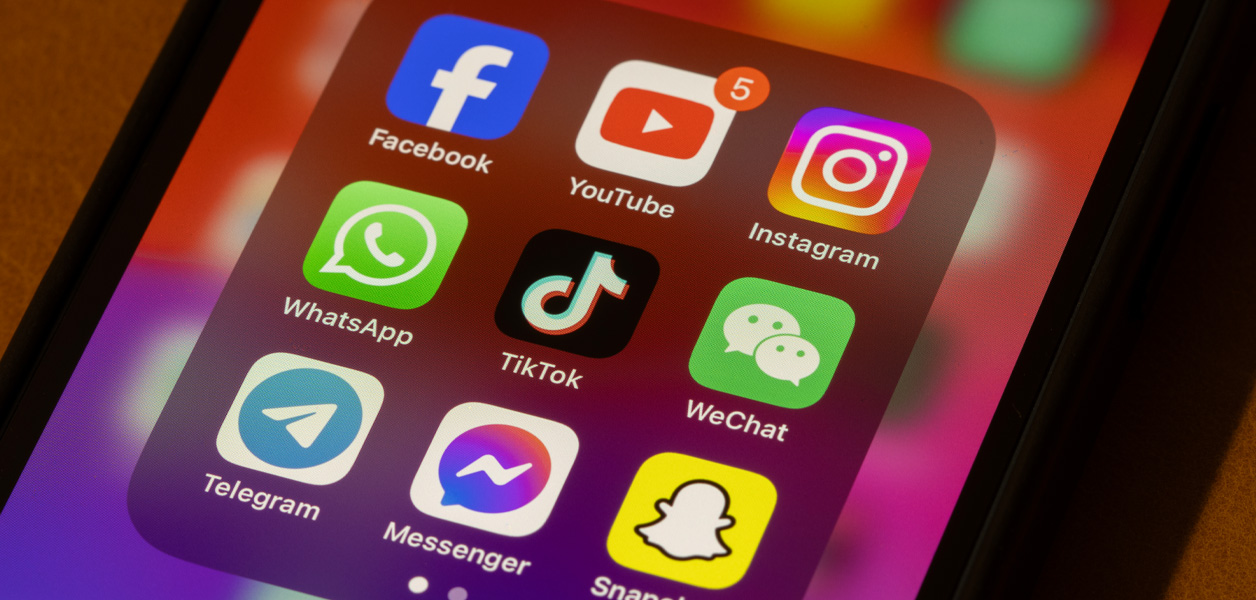Social media has become imperative to grow and support most businesses, and it is a fast-moving space. Although almost everyone knows what social media is, it is less common for people—and businesses—to understand the nuances of the marketing side.
Brandwatch and RivalIQ help break down the meaning of the following five important terms, also known as key performance indicators or KPIs.
Impressions: Impressions signify how often your content appears on users’ screens. This includes posts and ads. Each time content shows up, it counts as one impression.
Reach: Reach on social media is the total number of unique people who see your content. It is different from impressions, which count repeat views.
- Organic reach is when people see your social media posts naturally, without you paying for ads. It is word-of-mouth marketing in the digital world.
- Paid reach involves using money to boost your content’s visibility. You are essentially buying ad space on social platforms.
Click-through rate: This measures how often people click on a link compared with how many times they see it. To calculate CTR, divide clicks by impressions and multiply by 100. For example, if your ad gets 50 clicks out of 1,000 impressions, your CTR is 5%. CTR helps you gauge how well your content grabs a social audience’s attention. A good click-through rate generally falls between 2% and 5%, but this varies significantly by industry, platform and campaign goals.
A/B testing: A/B testing is a way to compare two versions of something digital to see which one works better. An example would be testing two captions; if Version A got more clicks, you would use that for the full paid digital campaign. A/B testing helps you improve your social media content.
Engagement rate: This measures how much your audience is interacting with your content. Engagement rate is calculated by dividing the total number of engagements (likes, comments, shares, clicks) by the total number of followers or reach, then multiplying by 100. For example, if an Instagram post gets 575 total engagements (likes, comments and shares) on an account with 10,000 followers, you would divide 575 by 10,000 and multiply by 100, giving you an engagement rate of 5.75%. A higher engagement rate indicates the content resonates well with the audience. What is considered a strong engagement rate varies by platform. On Instagram, 3% to 6% is considered solid, while Facebook typically averages around 0.09% per post. Keep in mind these benchmarks can shift depending on your industry.




